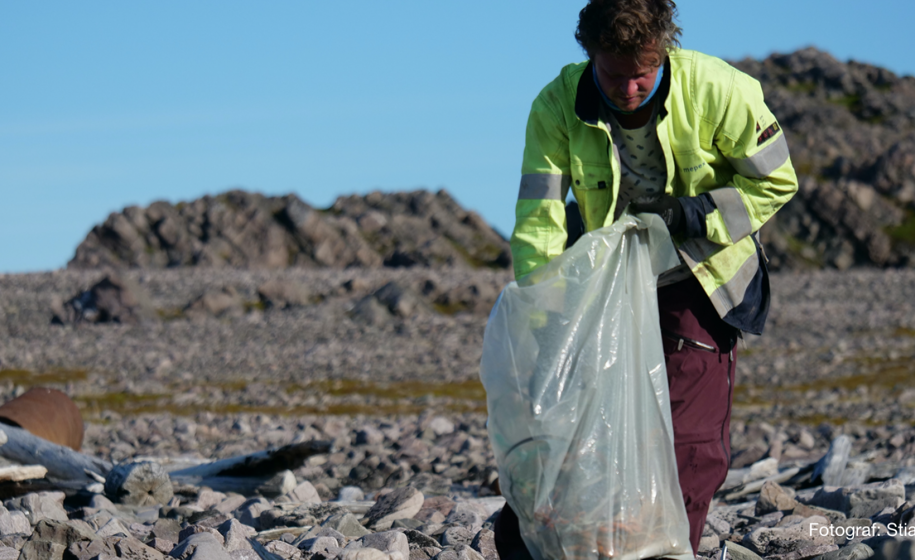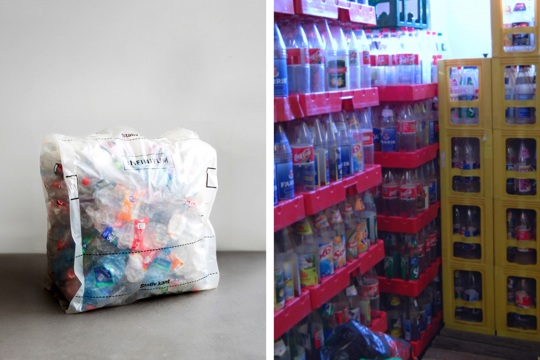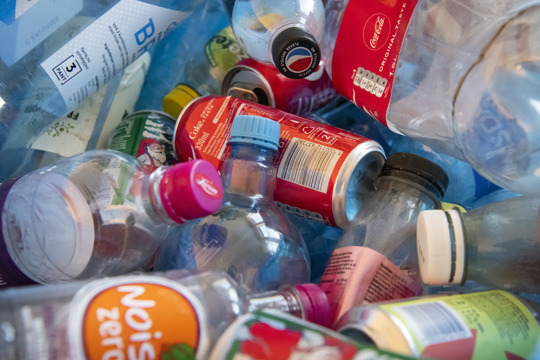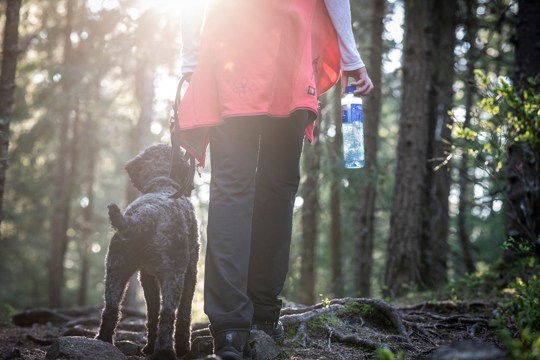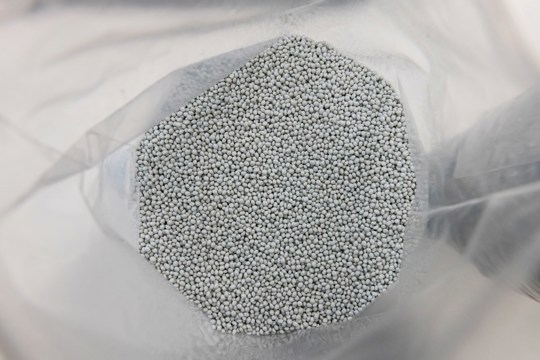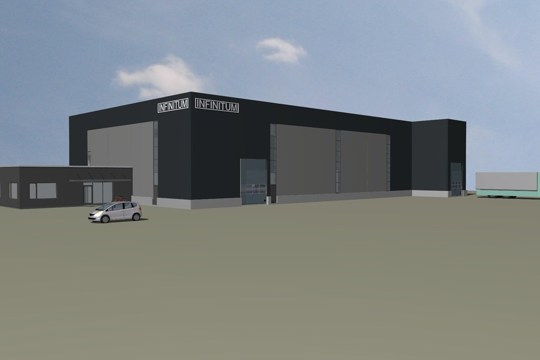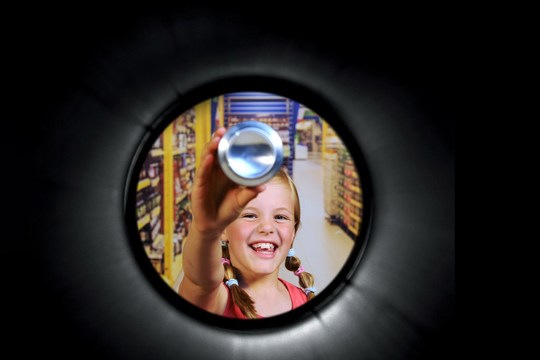The project “Deep dive in a sea of plastic” was staged by Mepex, in conjunction with Infinitum, Hold Norge Rent [Keep Norway Clean], Asker District Council, Orkla and the visual artist Pippip Ferner. The project was funded by the Norwegian Environment Agency.
In total, almost ten tonnes of marine debris and 120,000 individual items were recorded. In addition to weight and number, Mepex recorded source, age, material type and country of origin for all the items they analysed.
“We see major regional differences in the composition of the marine debris. Along the coast, a lot of the debris is linked to fishing, aquaculture and other maritime activities. In Norway’s most densely populated areas, most of it is consumer-related waste,” says Frode Syversen, CEO of Mepex.
Facts are vital
For Infinitum, helping to obtain as much factual data as possible about marine littering is vital.
“Both actions and initiatives must be based on hard facts. Only then can we solve problems effectively. Knowledge allows us to work together in a targeted way to help reduce the massive challenge that marine littering represents,” says Infinitum’s CEO Kjell Olav Maldum.
Sorted by weight, 73.5 per cent of the marine debris collected was plastic. Measured by the number of individual items, an eye-watering 91.5 per cent of the debris collected was made of plastic, 52 per cent was food and beverage packaging. The top-ten list of items comprised a far larger proportion of consumer-related waste than the top-ten list by weight.
Most bottles from abroad
Mepex has identified the country of origin of 10 per cent of the marine debris it has analysed. 77 per cent of that waste came from Norway, while the debris from abroad came largely from the UK, Denmark and Sweden. 35 per cent of the plastic bottles found were Norwegian.
“The analysis shows that the amount of debris and plastic waste in the sea is enormous – and challenging. For Infinitum, it is interesting to see that the waste fractions with good collection systems, such as refundable plastic bottles, account for an exceedingly small proportion of the marine litter. This motivates us to continue striving to collect in every last bottle and can,” says Infinitum’s CEO.
The items whose age it has been easiest to identify are food and beverage packaging marked with a production or best-before date. The analysis shows that 60 per cent of the beverage bottles are five years old or more.
“Beverage packaging from years gone by accounts for the bulk of the litter. A large proportion are reusable bottles, which were taken out of production in 2014/2015. This indicates that we are moving in the right direction and that, over time, fewer and fewer Norwegian plastic bottles will wash ashore as marine debris,” says Kjell Olav Maldum. “The challenge is to help other countries establish effective refundable deposit systems.”

